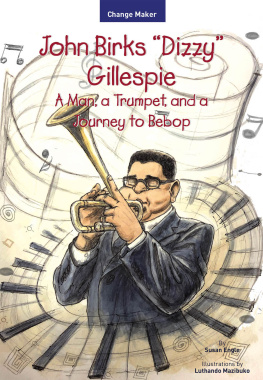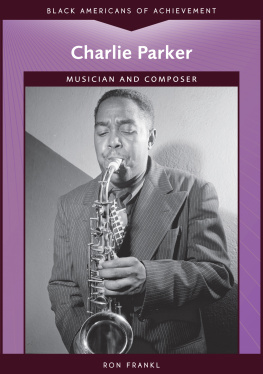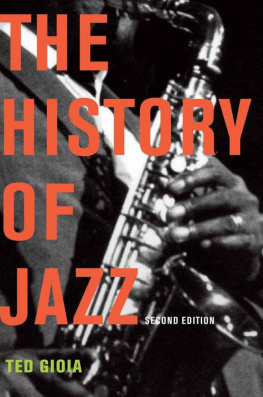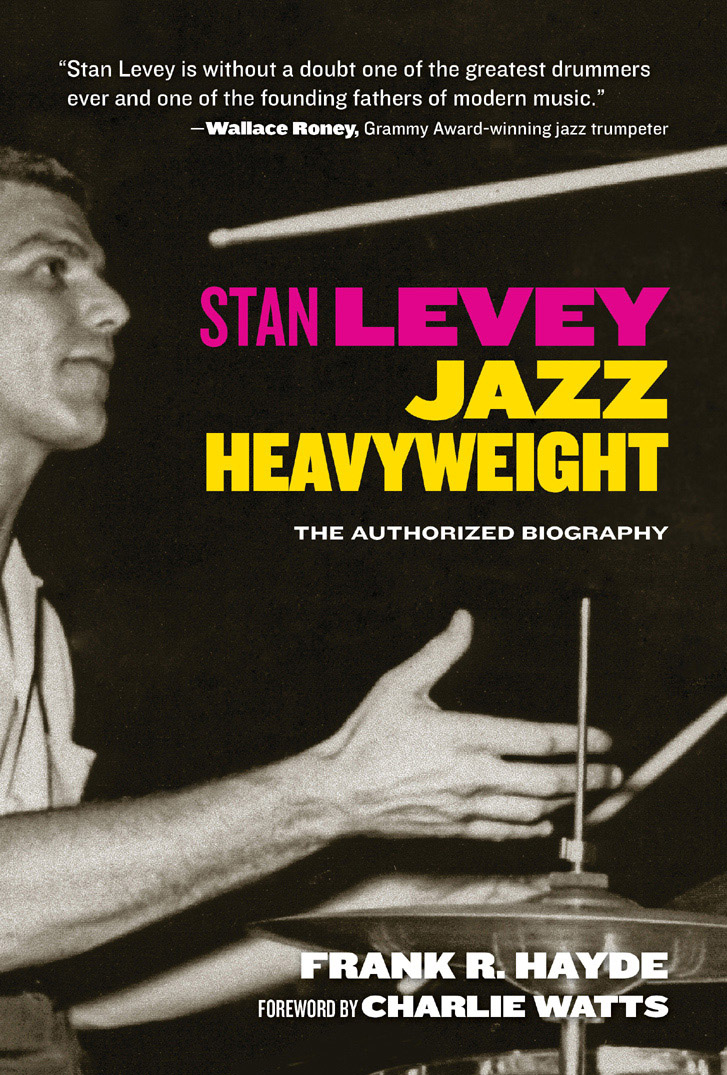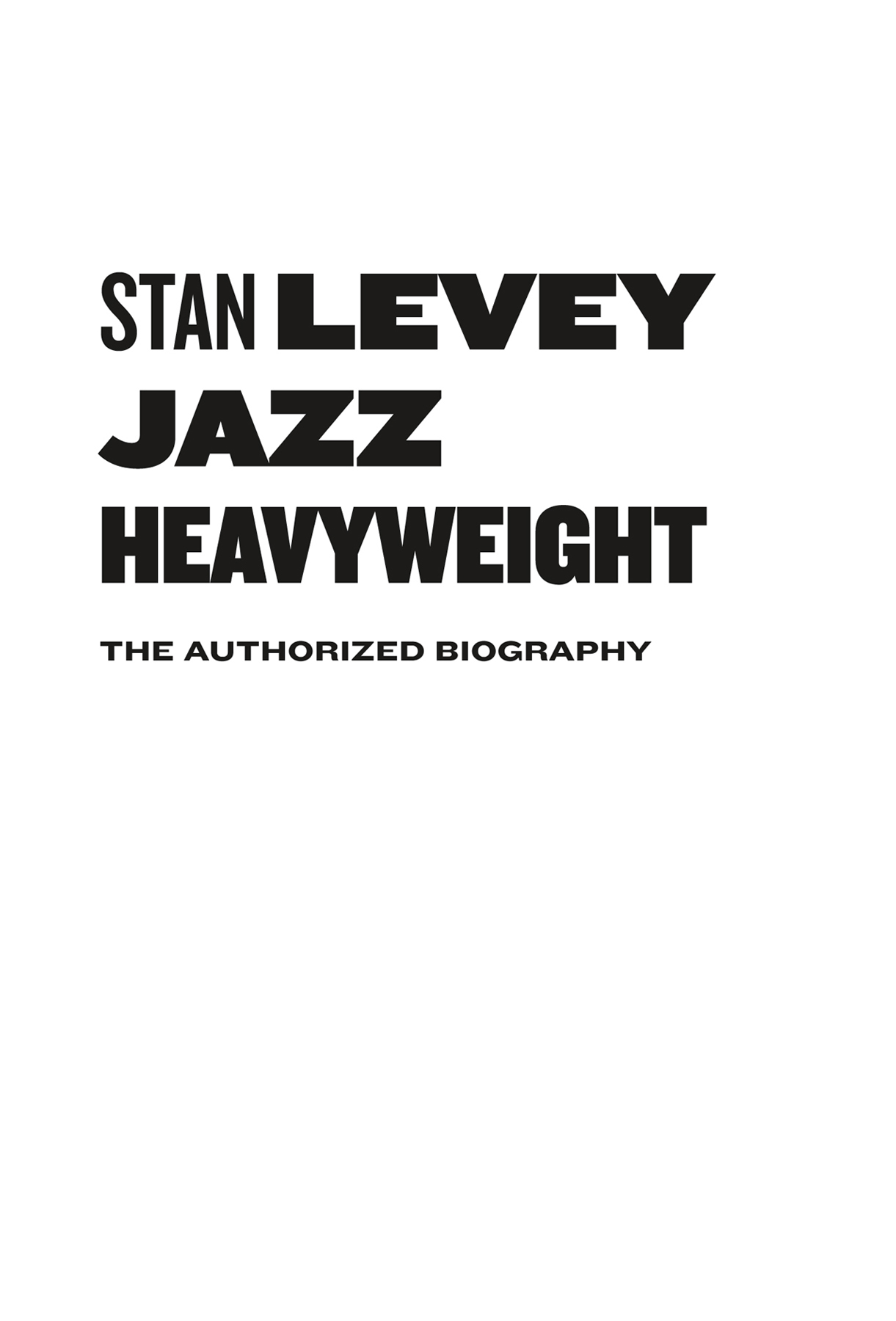

Copyright 2016 by Angela Levey and Bob Levey
All rights reserved.
This book may not be reproduced in whole or in part or in any form or format without the written permission of the publisher.
Published by:

| Santa Monica Press LLC P.O. Box 850 Solana Beach, CA 92075 1-800-784-9553 |
www.santamonicapress.com
Santa Monica Press books are available at special quantity discounts when purchased in bulk by corporations, organizations, or groups. Please call our Special Sales department at 1-800-784-9553.
This book is intended to provide general information. The publisher, author, distributor, and copyright owner are not engaged in rendering professional advice or services. The publisher, author, distributor, and copyright owner are not liable or responsible to any person or group with respect to any loss, illness, or injury caused or alleged to be caused by the information found in this book.
ISBN-13 978-1-59580-810-3
Library of Congress Cataloging-in-Publication Data
Names: Hayde, Frank R.
Title: Stan Levey: jazz heavyweight / by Frank R. Hayde.
Description: Solana Beach, California: Santa Monica Press, [2016] | Includes bibliographical references and index.
Identifiers: LCCN 2015041922
Subjects: LCSH: Levey, Stan. | Jazz musicians--United States--Biography. |
Drummers (Musicians)--United States--Biography.
Classification: LCC ML419.L447 H39 2016 | DDC 786.9/165092dc23
LC record available at http://lccn.loc.gov/2015041922
Cover and interior design and production by Future Studio
All photos courtesy of the Stan Levey Family collection, with the exception of page xiii, upper, Ross Burdick/CTSIMAGES.
CONTENTS
BY CHARLIE WATTS OF THE ROLLING STONES
Table of Contents
Guide
NOTE TO THE READER
This book alternates between the authors third person narrative and Stan Leveys own words, which appear in this font and feature a bold, drumstick line along the left side of the quote.
Stans own words come from audio recordings provided by his family, and other interviews and sources listed herein. Most of Stans quotes are verbatim, but I have linked sentences he spoke on the same subject from different sources. Direct quotes he spoke to family members, who relayed them to me, are sometimes attributed directly to Stan instead of through the person he spoke them to. In some cases, I have taken artistic license in how Stan expressed something if it served to eliminate confusion, clarify the context of the subject matter, correct errors in chronology, etc.
by CHARLIE WATTS of the Rolling Stones
T he first time I heard of Stan Levey was when I was about fifteen years old and I was collecting all the Charlie Parker stuff. The band that Dizzy Gillespie took to Los Angeles in about 1946an amazing bandStan was in that band. Stan was one of the original bebop players from this very innovative period when they completely changed playing. To hold down the drum chair with Dizzy and Parker is something else.
Stan could hold a tempo that was unbelievable. Its very difficult to play fast and keep on top of it. Really difficult. It takes a whole sort of athleticism. You have to jumpbe on top of every beathold a tempo on top of a tempo. Stan was a master of that. The other thing with Stan is he was a very good boxer. Thats what I think kept him in great shape for that sort of thing.
He moved to Hollywood and was playing whats called West Coast jazz. Those are my favorite records of Stan, that stuff from Contemporary Records, which had a yellow record label, and Bethlehem Records. For me as a young sixteen- or eighteen-year-old in London, buying records and trying to learn how to play, Stan was synonymous with the West Coast school. To see them all playing live, these jazz musicians in the 1950s, must have been unbelievably fantastic. One of the bands Stan played in that gave him terrific notoriety was the Stan Kenton band.
I think this is a piece of jazz history thats very important to document. Stan is a link. His life is an amazing story and he was a lovely man. I was totally in awe of meeting him and the legacy that he carries.
N o toys in young Stan Leveys roomonly a bed, a closet, a little bureau, and a big, lonely boy. The only sound was his clock: the wind-up kind with crisp precision time, loud and percussive.
I could hear it all the way from the bathroom.
Sometimes hed save a picture of a toy from a newspaper or magazineLincoln Logs or an erector set. The pictures were a sad substitute, and when their novelty wore off, it was back to the clock.
Stans father was a boxing manager and part owner of a used car lot. As a fight manager in 1930s and 40s Philadelphia, he occupied a low-level position in the national crime syndicate. Stans mother Esther, known to all as Essie, was a comely and intelligent woman with domestic skills, style, and musical talent, but she was an alcoholic.
It didnt take much to affect her. A drink or two and pow! I She was slurring her words and staggering.
Though he was born Adolph Stan Levey, Stans parents always called him by his middle name. He didnt have any brothers or sisters. When his parents fought and screamed and drank, hed focus on the rhythm of the clock.
Id take a couple of pencils and improvise beats between the clocks ticking: One-two-three, one-two-three, FOUR!
I was obsessed with rhythm. Id tap my spoon and fork on a glass of milk or a dinner plate or the edge of the table. That would push Dave over the top. I never called him dad or pop, or even father. It was Dave as far back as I can remember.
Stop your goddamn drumming on the table!
My mother took my side when Dave was home.
Well, Dave Levey, if youd buy him a drum set, he wouldnt take it out on the table!
You know how much a drum set costs?
Their fighting was frequent and intense and usually ended the same way, with Dave withdrawing into his angry, silent self, and Stans mother secretly taking another drink.
For eight or nine years, they lived on Lindley Avenue off Broad Street, a lower-middle-class neighborhood in North Philadelphia. Their apartment building looked like all the others on the quiet, tree-lined street. In good weather, Stan would play a little stickball or half-ball with three or four of the neighborhood boys.
Cockroaches plagued every house on the block, but the Leveys small apartment was always clean. Essie was a diligent housekeeper. She was also a tasty cook, specializing in the stew recipes her mother brought with her from Lithuania. The linoleum-floored kitchen had a small, early model refrigerator with the coil on top. Every Sunday, Essie would dress up the dining area with a white tablecloth and serve homemade fried chicken.
The living room offered a touch of elegance in the form of a baby grand piano that Stans musically endowed mother could play by ear, if only in one key. Her tastes bordered on the sophisticated, with a wide-eyed admiration for Art Tatum. Nearby stood the radio, an old Majestic model that Stan loved to listen to when his parents werent using the room to argue. His favorite band was the Clicquot Club Eskimos from


